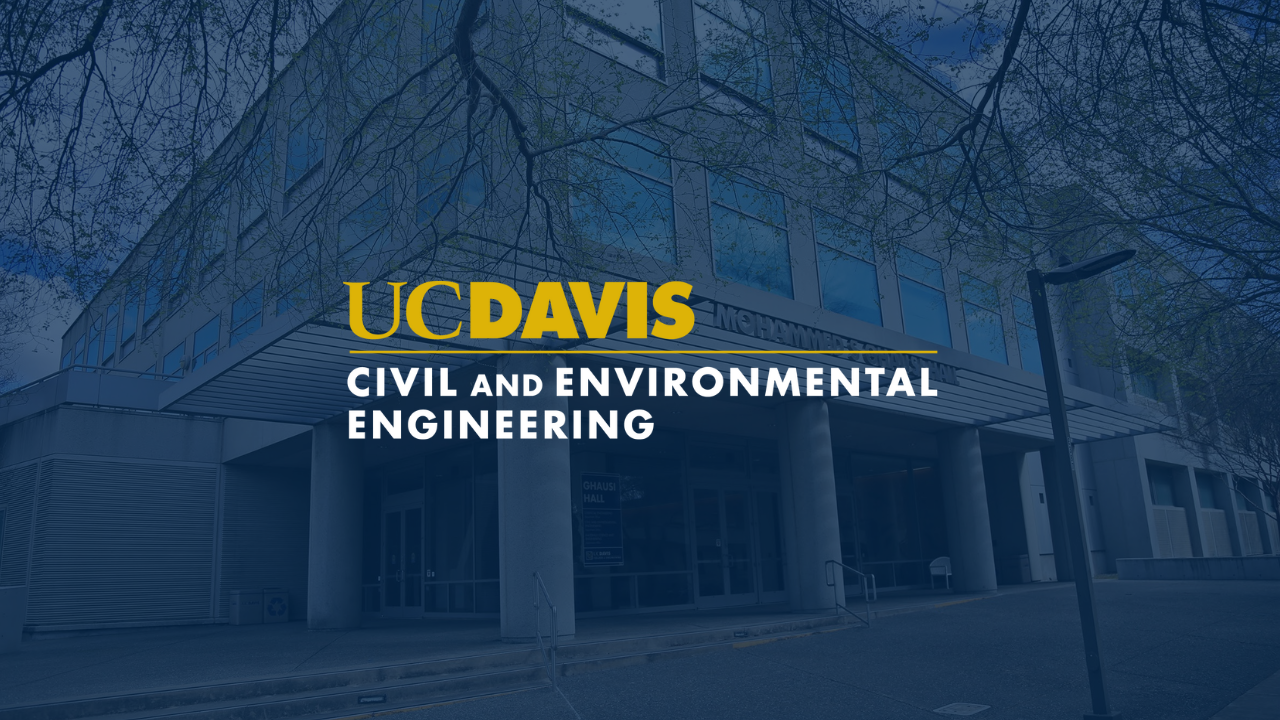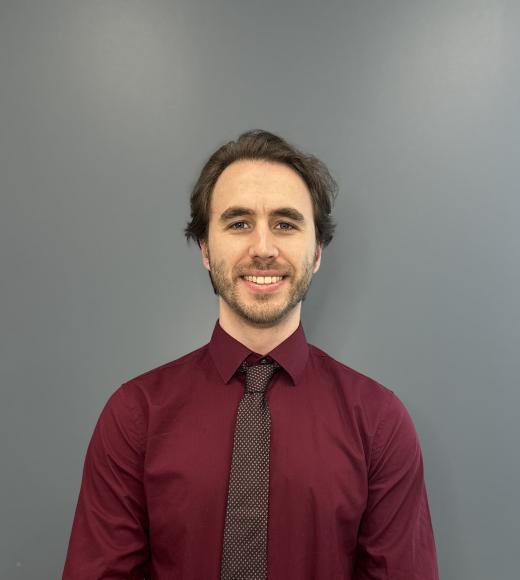
Event Date
Bio
Matthew Burrall obtained his undergraduate degree from UC Berkeley in Civil and Environmental Engineering in 2013. Then he competed in the game of Go and trained under professional Go player Kim Myung-Wan 9P before moving to Davis to begin graduate school. Efforts with the tree root inspired foundations project have led to experience in the development of bio-inspired design concepts, geotechnical centrifuge modeling of root inspired anchors, field testing of root system anchorage, structural modeling of flexible hierarchical anchorage systems, and shape optimization.

Abstract
Geotechnical foundation and anchorage system designs must be adapted to growing and changing loading demands, and the consumption of materials and energy must be reduced. A bioinspired design approach using tree root systems is developed to seek new solutions to society’s foundation and anchorage needs. Field vertical pullout tests of three-year-old natural root systems (of Lovell, Marianna, and Myrobalan rootstocks) were performed to develop understanding of tree root system forms, behaviors, and principles. 3D root system models were produced from the specimens and skeletonized as nodes and root branch segments to perform statistical characterization of the architecture of mechanically important structural roots, enabling the development of L-system based tree root system architecture simulation capabilities. A spectrum of architecture complexity is constructed, ranging from a simplified root analog to an L-system simulation of a root system and a model of an extracted field tree root system specimen. The models are 3D printed and tested in vertical pullout in dry sand using geotechnical centrifuge modeling to generate information on the features that are most critical for development of efficient anchorage. In parallel, a soil springs model is developed to investigate the impact of shape and flexibility of embedded structures on pullout behavior. Finally, an optimal control formulation for flexible pile shape optimization is presented and optimized nonlinear structure shapes are identified for a broad range of inputs, revealing principles of how to maximize vertical pullout capacity of a nonlinear, flexible embedded structure as a function of the performance demands.
